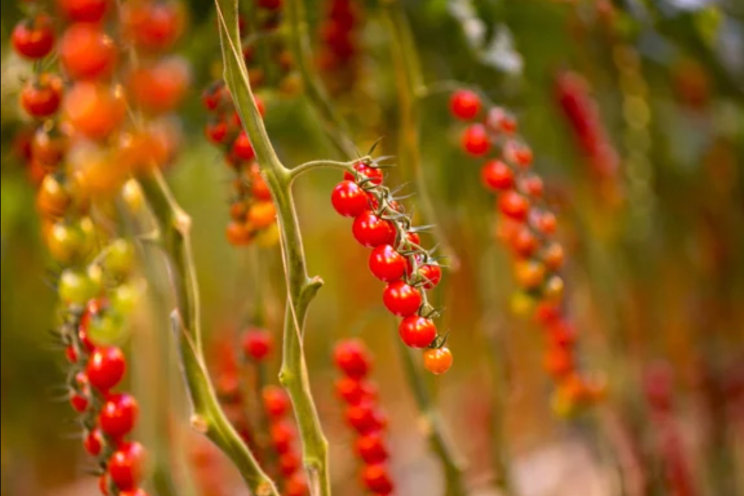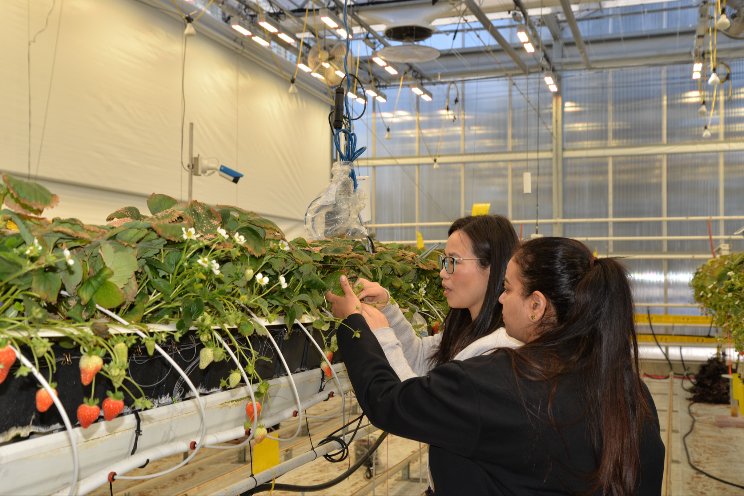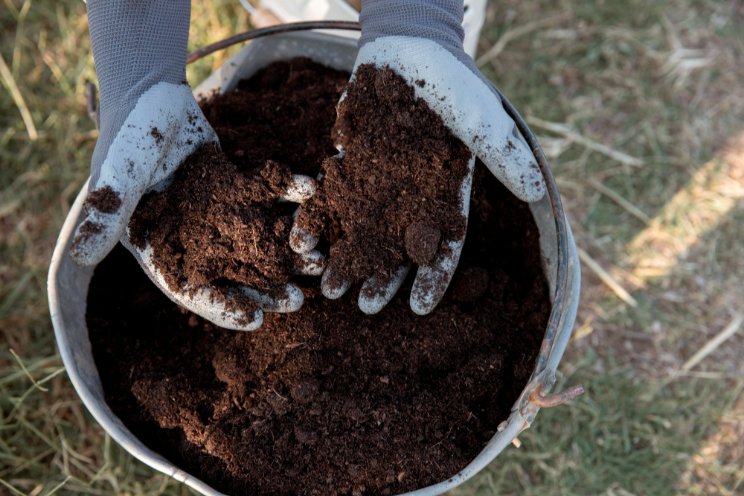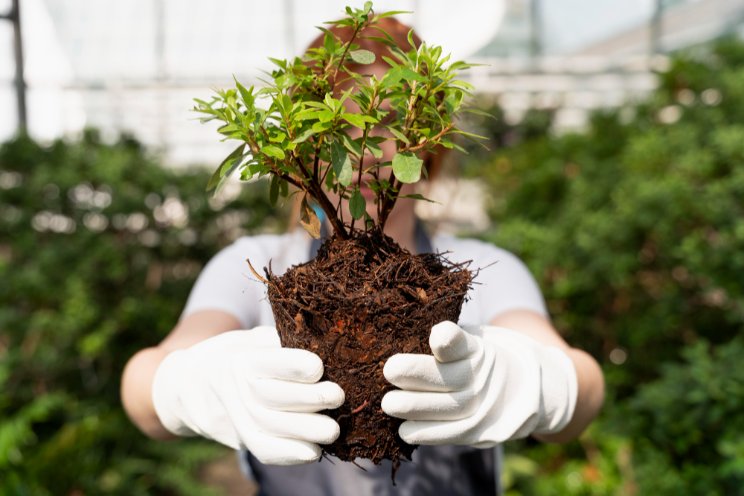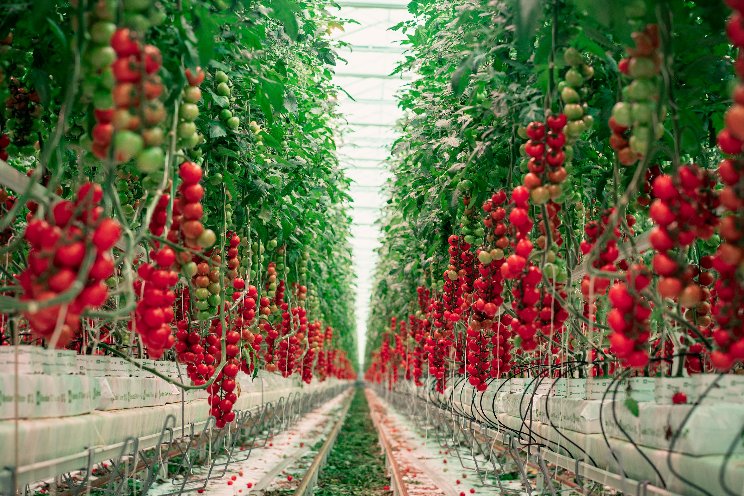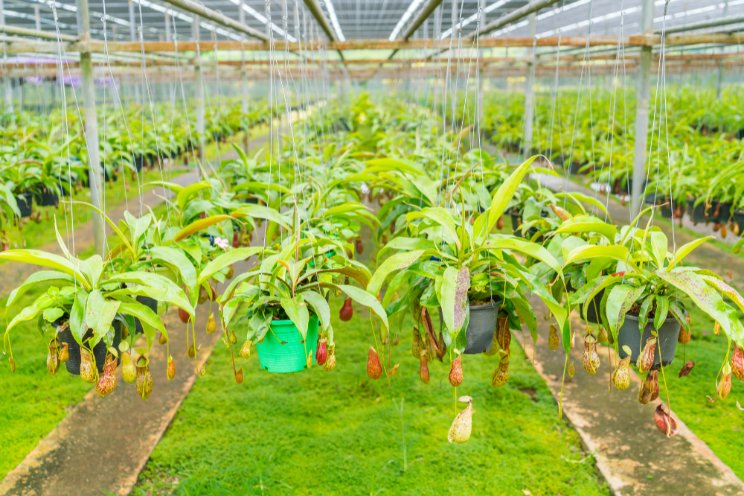Cannabis cultivation business planning for growth
Added on 31 March 2020

You'll follow these simple steps:
1. Create a Business Plan
2. Find funding
3. Design and build your grow space
4. Develop Operation and Growing Methods
5. Sample Your Product
Create a business plan and strategy for your cannabis cultivation company
Ideally, your business planning process coincides with your startup process, but even if you've been in business for a while, it's never too late to create a plan for your cannabis business. Keep your business plan as brief as you can, without skipping any important details. You'll want to revisit and revise your plan as you go, so keep it simple and useful. Be sure to do your research and set specific, achievable goals and milestones.
A few other tips as you get started: Meet other growers. They will be full of useful advice. Listen to where they went wrong, and pay attention to where they saw success. Be realistic about what you can achieve.
Choose your operating state
If you're building a plan for a cannabis cultivation business that you haven't launched yet, start with choosing your state. The state you operate in will guide your grow model. If your business is in a competitive state like Oregon or Colorado, plan for low-cost grow operations to achieve the best quality with the funds you will be able to raise. Different states require different levels of compliance and have different approaches to medical cannabis versus recreational marijuana.
Decide how big your grow will be to start
Then, determine your grow size. In certain states, grows can be small and still financially sustainable. If you're strategizing for a larger grow operation, your plan will need more initial research and precision.
Research key partners and start networking
Research the buyers in your local area. Visit dispensaries and network with those in your market. Make connections with other marijuana businesses before you start growing, and maintain those relationships. Some of them might end up becoming key to your business's growth and ability to scale.
Set realistic goals and expectations, especially in your sales forecasts
It is normal for new growers to sell for less than the market, even with superior quality, because it's about consistent delivery. Lower your sales forecast numbers. Keep in mind that you may not sell all of your first, second, or third harvests for months. Ensure elasticity in your resources, so you can avoid cash flow problems.
Be realistic about the time it takes to sell. Harvests can be unpredictable. Sometimes, the harvest date may be later than expected. Plan for delays in every stage, and be sure not to shorten trim and cure time.
Surely, it will energize investors if you exceed expectations. However, if you set unachievable goals, it could upset investors, hurt your future prospects, and may put your business on the line.
Think through potential costs you might incur. Prepare for the worst and plan to double it to minimize your risk. It is always better to think ahead than to fall behind.
Determine your cannabis cultivation business grow method
There are three basic options for economical and sustainable grow space once financial decisions are accounted for: Outdoor grow, mesh tent, and greenhouse. Each of these options has costs and benefits that must be explored.
Pros and cons for outdoor cannabis cultivation
Outdoor grows require basic irrigation system pumps. They also require drying and curing space. Outdoor grows are fairly simple. Due to this, construction is fairly inexpensive and this option requires little electricity.
Pros and cons for mesh tent cannabis grows
Mesh tents are remarkably similar to the outdoor option. However, these offer additional protection to the plant in terms of sun and airspeed exposure.
Pros and cons for greenhouse cannabis grow operations
Indoor growing in greenhouses ranges from economical hoop tents to glass enclosures and have a variety of electrical upgrades that can incur more cost. But this is a far cry from the electrical needs of an indoor facility, not to mention the effects of AC usage, in addition to the need for lights.
Deciding your business' grow method is exciting. Nevertheless, it is critical to know your environment and its growing patterns before settling on the grow operation that's right for you.
Start simple: grow based on what will thrive in your location
Research genetic strains acclimated to your particular area. Something that grows well in one area may not grow well elsewhere. Learn about conditions that may arise and strategize. Plan and test your methods so you can learn from your mistakes.
Plan to be able to tolerate at least a year of growing before harvesting a few abundantly producing plants. These will be your cash crops. Pheno-hunting and acclimating plants to the environment takes time.
Now, your plan is done. Since you did a significant amount of strategic planning upfront, you will be better equipped to come up with a realistic budget and fundraising amount. Unfortunately, limited budgets can be a barrier to your operation. They can limit your sustainability goals and necessitate further fundraising. So spend some time looking at your startup costs and thinking through your cash flow projections.
Access funding to help you grow and scale
Raising funds to help grow your cannabis business will be heavily influenced by a couple of factors. If you have experience raising and generating profits for previous investors, there is a high probability you will be able to raise the capital you are looking for.
Furthermore, if you boast a resume filled with closing deals and satisfying investors, you will also most likely raise the money.
However, if you've never sought investment before, and if you don't have a proven track record, your odds of raising significantly decrease, and you will likely be looking at your sources as crowdfunding or from friends and family.
Focus on your business plan to weather the unknowns
Very competitive states share the belief that state borders will eventually open up. For example, the state of Oregon is following a similar pattern to Washington, in that they have overgrown, and now are hinging their hopes on the opportunity to eventually export.
This period may be lengthy, so prepare early to survive in the existing competitive market.
As laws have changed, the legalized marijuana playing field has changed as well. Some states, like Michigan, have developed regulations to appeal to smaller growers. Restrictive limited-license states like Nevada, Florida, and New York have become more attractive to already licensed owners, and newer businesses would likely have to buy an existing license. Look for funding opportunities in states with easier regulations
Therefore, raising funds from investors can be more accessible in a less expensive, easier license environment, or in a state with more expensive license purchasing. This is a major factor in setting budgets and profit projections.
Crowdfunding, self-funding, or family and friends can be a good option
Not all newcomers to the industry are searching for venture capitalist investments. Often, many achieve their fundraising needs by crowdfunding within their communities. In a world of buyouts and large investments, typically those who do plan to work with investors are following in the footsteps of larger companies like Canopy and Aurora.
This year has also offered an exclusive perspective on the issues Canada's legal market has faced including less local demand, a still persistent black market, over-building, and an almost non-existent export market.
Design and build your grow space with an eye to sustainability
Whether you're building your grow space in a rural or urban area will impact how long it will take to design and build. In rural areas, plan for a period of 3 to 9 months. In newer, more restrictive urban areas, a good estimate would be 9 months or more. If you are planning to construct an economical greenhouse near the city, take other factors into account such as building requirements like mandatory sprinkler systems.
For a simple grow tent cultivation facility, you will need a climate with four relatively mild seasons, little flooring regulation, and non-stringent lab testing.
However, to build a truly sustainable environment, you will need to use a standard glass and aluminum frame structure. These are relatively affordable to construct. Cost is impacted by factors like 4- or 6-inch cement, or dirt floors with rubber matting.
Specific drainage requirements like sand soil separators also affect costs. Evaporative cooling needs to be included in low humidity climates, and metal-stimulated cooling is necessary for more humid environments. A general contractor or local builder can build these structures, but the equipment may require some skilled staffing.
Generally, these structures use little energy. Heating can be as simple as installing natural gas root level blowers. A blackout system may be used to ensure the ideal 12-hour cycle for flowering, but also used to keep heat in at night. Water systems that run on pump and reservoir systems can be upgraded to water filtration add-ons depending on water quality.
To produce a high-quality crop, metals and electrical conductivity (EC) must be watched properly, and proper filtration is necessary. Additionally, pH must be leveled. Normally, basic nutrients at various stages are industry standard. In your community, it's a good idea to build a close-knit network and visit wholesale and local stores instead of searching for name-brands. Keeping your network local increases sustainability and is well worth it.
Planning helps the process significantly, but problems can always arise. As the owner, these issues will generally defer to you. Everything starts with property and a plan.
Plan to be over budget. Plan for delays. Plan for overages. Read the exclusions section of each contract because this section indicates what is not included. Pay attention to end-to-end connections as many subcontractors do not include all pieces in their contracts.
Develop Operation and Grow Methods
Now that you have weathered investor pitches, contractors, and subs, you are ready to grow!
If you planned ahead, you have already figured out how to adjust for when issues arise. From there, it is important to get in the habit of collecting data. Watch your environmental readings, invest in testing equipment and sprayers, and be sure to perform routine checks on them.
Follow your local ordinances for testing and approving safe products. Cannabis follows different rules than fruits, vegetables, and other edibles since it also has the potential to be inhaled.
Putting consumer safety first is vital and also builds a good reputation. High-end products need hand trimming, but lower-end can use automated trim machines. Never dry the product too much in the drying phase, and make sure you cure for at least two weeks after drying. Curing just as important as good growing practices if you want a sellable product.
Sample your product
Remember the network you built and maintained? When your first harvest comes in, you will have your leads. Supply them with samples, and embrace positive and negative criticism. Keep your testing materials on hand, and keep building connections.
A solid plan will allow the rest of your business's growth process to run much more smoothly. Planning ahead grants you more time to get into the details. Maybe your business finds its way into a qualified opportunity zone, which will grant investors tax advantages. Furthermore, you may be able to fluidly incorporate renewable resources into your plan, which will lower costs and allow you to compete in a competitive market. Now get out there and start growing!
Source and Photo Courtesy of B Plans
Source: B Plans
More news
